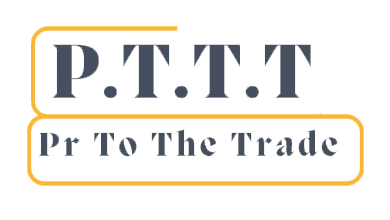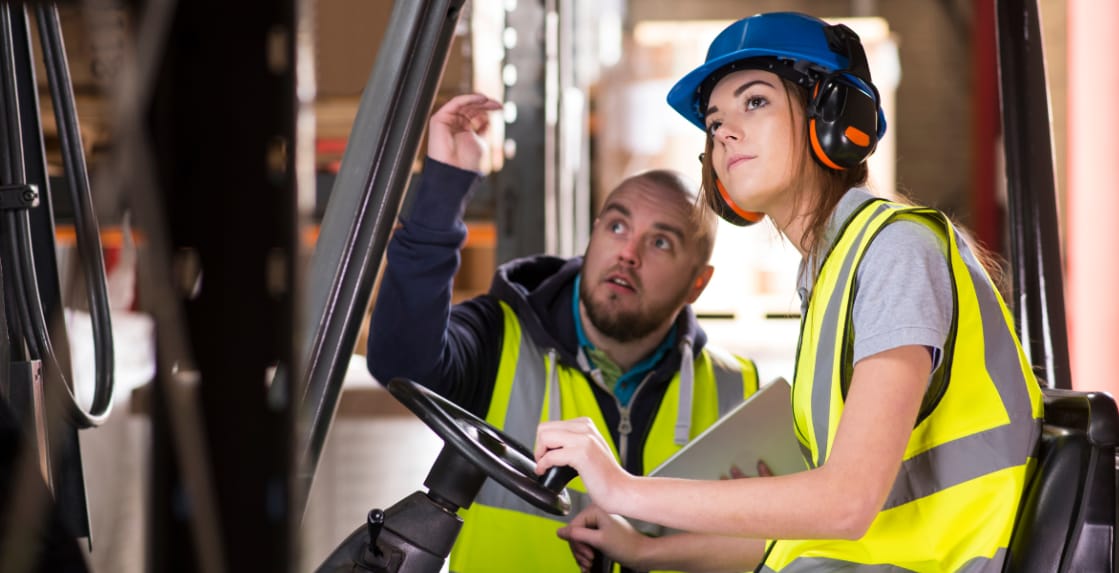Forklifts are essential for numerous industries, from construction to warehousing. However, operating a forklift can be dangerous without proper training. Forklift training classes are designed to teach trainees how to operate a forklift safely and effectively. In this comprehensive guide, we will explore the learning process in training classes to help you better understand how it works.
Theoretical Learning
Theoretical learning is the first step in forklift training classes. Trainees will attend classroom instruction to learn the basics of forklifts. This includes understanding the equipment, its various components, and how to operate it safely. Additionally, trainees will learn about safety rules and regulations, such as the proper use of personal protective equipment (PPE), how to identify hazards, and how to prevent accidents.
Hands-On Learning
After completing the theoretical learning, trainees will move on to hands-on learning. This involves practising maneuvers, operating the forklift, and identifying hazards to prevent accidents. Hands-on learning is critical to developing the skills needed to operate a forklift effectively. Trainees will practice a variety of maneuvers, such as driving, lifting and stacking loads, and turning. Trainees will also learn how to properly inspect the equipment before operation.
Evaluation and Certification
Evaluation and certification are the final steps in the training classes. Trainees will be evaluated on their theoretical knowledge and hands-on skills. A typical evaluation involves a written test to assess the trainee’s theoretical knowledge and a practical evaluation to assess the trainee’s ability to operate a forklift safely and effectively. Trainees who pass the evaluation will receive a forklift certification.

Common Challenges During Forklift Training Classes
Forklift training in Padstow can be challenging for some trainees. Some people feel nervous when operating heavy machinery, have trouble manipulating the equipment and find it hard to remember safety guidelines. However, these challenges can be overcome with practice and persistence. Trainees should take advantage of the opportunity to practice and ask questions during the hands-on learning portion of the class.
Conclusion
Forklift training classes are critical for anyone who operates a forklift. By understanding the learning process, trainees can better prepare for the class and develop the skills needed to operate a forklift safely and effectively. The theoretical learning, hands-on learning, evaluation and certification, and common challenges outlined in this comprehensive guide will provide readers with a complete understanding of forklift training classes. With proper training and certification, forklift operators can work safely and efficiently, reducing accidents and increasing productivity.
Related Source: Order Picking Forklift

